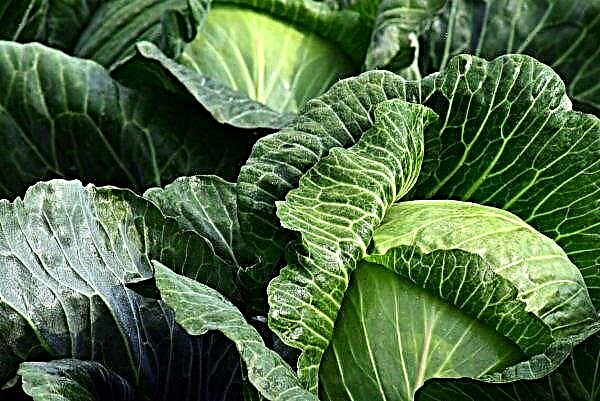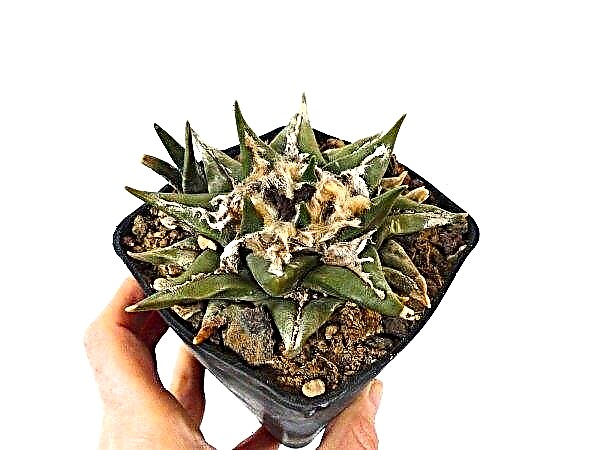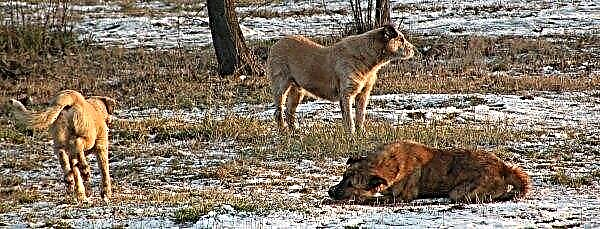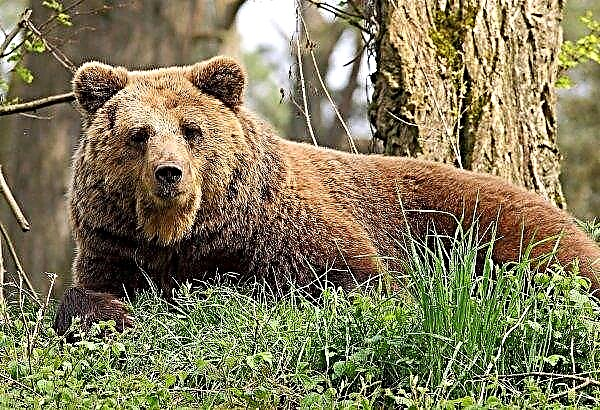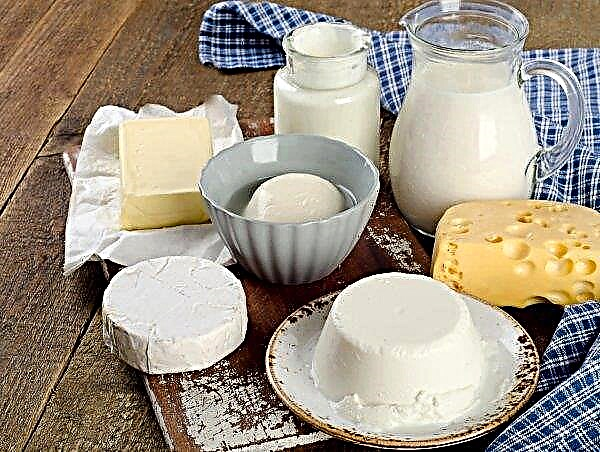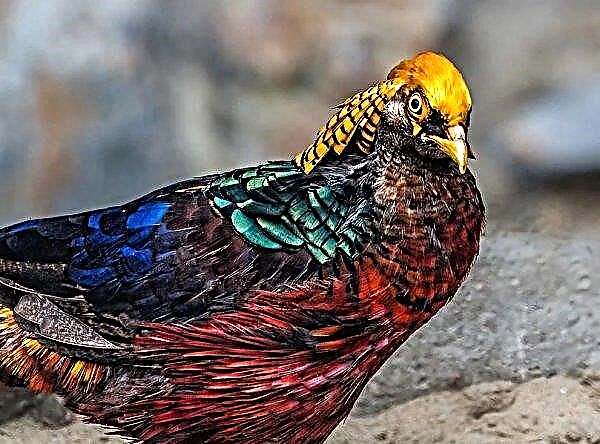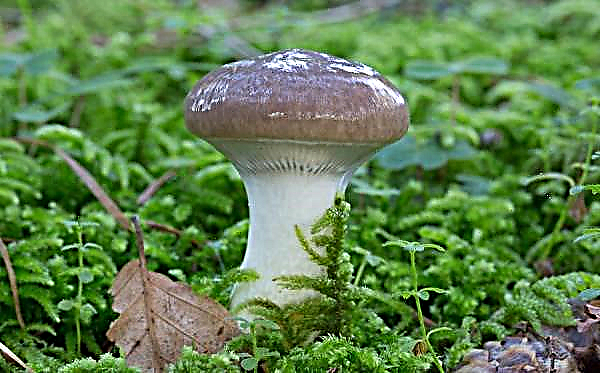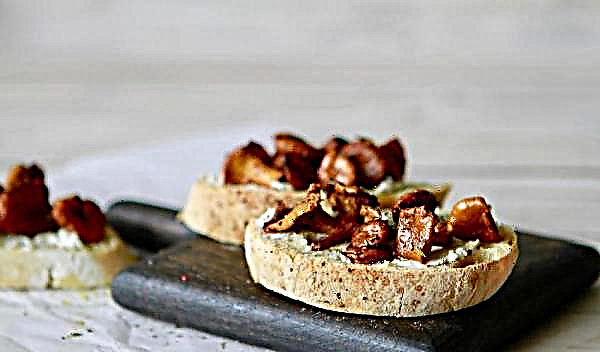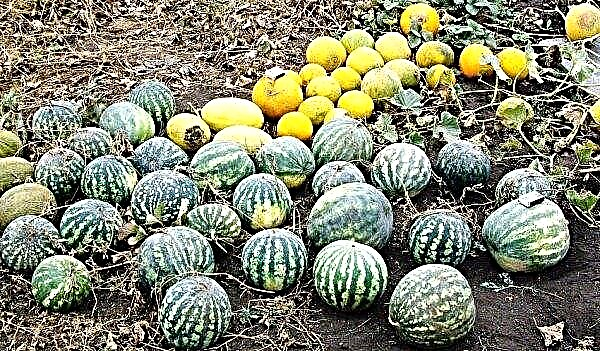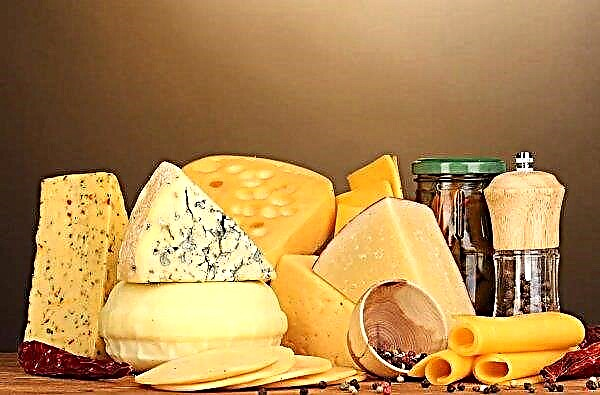This flower with a slightly romantic name is a bruise and belonging to the same weed, nevertheless, it is often quite specially grown because it is an outstanding honey plant. On the most commonly cultivated weed, bruise vulgaris, read further in the article.
Description and characteristics of the plant
An ordinary bruise is actually distinguished by extraordinary properties. For example, from afar it attracts bees with the bright blue color of its polynomial flowers, which, however, do not contain any pollen and nectar. And next to these dusted flowers are young pink flowers, whose bees do not perceive the color, but which abound in nectar and pollen.
That is, by painting its already pollinated flowers for advertising purposes in an attractive blue color for bees, the plant thereby lures insects to pink flowers that are not needed for pollination, but offer an abundance of nectar and blue pollen in return. There are so many of them on the plant that this, too, can be attributed to the extraordinary properties of the common bruise.
It is a two year old plant. But the question of how many years it has been growing may be a twofold answer. Although each plant individually grows for only two years, a bruise as a culture can grow in the same place for a long time. Its height varies from half a meter to one and a half meters.
In addition to the mass of blue and pink flowers that appear in the second year of his life, it has:
- upright stalk round in section, covered with prickly villi and crowned with an elongated spike-shaped peduncle;
- wide and elongated leaves with a well-drawn middle vein;
- going down 0.5–1 m deep into the earth;
- fruits ripening at the end of August and representing nuts of a brownish color.
Habitat
The unpretentiousness of an ordinary bruise allows it to grow everywhere in the vastness of Eurasia. But most of all he prefers Western Siberia, central Russia, Belarus, Ukraine and Moldova. Most often, it grows in the steppes, on the stony slopes of hills, near roadsides and even near garbage dumps.
Did you know? The melliferous qualities of the common bruise are second only to linden. That is, he confidently takes an honorable second place in the top ten honey plants.
Honey Productivity
Being a wonderful honey plant, the bruise allows bees to collect from its flowers up to 850 kg of high-quality honey per 1 ha. In the North Caucasus, under good weather conditions, it is possible to collect from a hectare to a ton of honey. Collecting from one flower up to 8 mg of nectar, one bee family during the day is able to produce from 6 to 8 kg of honey.
Advantages over other cultures
The main thing that this herb differs from other honey plants is its ability to secrete nectar in any weather during the whole daylight hours. In addition, its drought tolerance stands out. In dry periods, its nectar production decreases, but this is much less pronounced than that of other honey plants.
As a result, almost everywhere 1 ha sown with this grass can become the equivalent of 3-4 ha of other honey plants in the form of clover, sainfoin, spring rape, sunflower or buckwheat, so an ordinary bruise becomes an almost irreplaceable crop for beekeeping.
The chemical composition of the bruise
This weed grass is a poisonous plant, which, however, does not prevent traditional healers from actively using the numerous substances contained in it and possessing medicinal qualities.
- In this regard, of interest is the chemical composition of the plant, represented by:
- ascorbic acid, which strengthens the immune system, enhances the body's resistance to colds and infectious diseases, increases resistance to stress and optimizes the permeability of blood vessels;
- carotene, beneficial for the organs of vision and stimulating the regenerative abilities of tissues;
- saponins with the ability to stop inflammatory processes, produce an astringent effect and act as an expectorant;
- choline, which optimizes the activity of the nervous system, improves memory, activates the activity of the brain, liberates the liver from toxins and protects cell membranes;
- organic acids in the form of malic, tartaric, succinic, citric, fumaric, which optimize intestinal motility, normalize stool, stimulate the release of gastric juice, inhibit the development of putrefactive intestinal microflora;
- phenolcarboxylic acids that stimulate renal activity, activate the functioning of the thyroid gland.

Properties for the body of men and women
The presence of components with high therapeutic conditions allows the use of individual parts of this plant and the honey obtained from it for the treatment of many ailments in humans.
Benefit
- Traditional medicine distinguishes in a bruise ordinary properties that allow it:
- anesthetize;
- stop bleeding;
- calm the nervous system;
- neutralize toxins;
- to heal wounds;
- purify blood;
- restore normal blood composition;
- fight cramps;
- act as an expectorant.
The latter property clearly manifests itself in the process of cleaning the bronchi from sputum of an inflammatory nature, as well as from the consequences that arise in the pulmonary system of smokers due to their addiction. The sedative properties of the plant can significantly calm the nervous system of a person subject to agitation. This is especially evident in women during menopause.
Did you know? On 1 ha, almost half a billion flowers of the common bruise can be simultaneously located.
Harm and contraindications
The ability of plant components to fight seizures is very much in demand when stopping epilepsy attacks. In addition, an ordinary bruise is able not only to effectively heal fresh skin wounds, but also to eliminate chronic ulcers. Another noticeable useful property of this plant is its undoubted benefit in the treatment of gout, arthritis and rheumatism.
The main harm of an ordinary bruise for the human body lies in its toxicity. Improper use of its components, their overdose during treatment can lead to serious consequences up to death.
- Unconditional contraindications to the use of medicines from this plant, in addition to their individual intolerance, include:
- pregnancy;
- lactation period;
- the young age of patients.
Agricultural technology
Being an unpretentious weed, an ordinary bruise does not require adherence to strict agrotechnical rules for cultivation, but it is nevertheless necessary to observe some requirements.
Important! When using alternative medicines from the components of the bruise, it is necessary to observe maximum caution, carefully observing the dosage. If possible, it is better to avoid their use.
Landing time
When asked when to plant a bruise, nature clearly answers. In nature, this plant propagates through self-sowing, in which the seeds, falling to the ground, wait for spring to germinate. Some of them, sprouting ahead of schedule, die from winter frosts, but most wait for spring heat. Beekeepers, cultivating an ordinary bruise, also plant its seeds in the winter. Crops are carried out immediately before the onset of frost, in order to prevent early germination of seeds and their death from frost.
Selection and preparation of a landing site
This honey plant is completely undemanding to soil fertility and at the same time is able to tolerate drought, which is facilitated by a powerful root deep in the ground. The only thing the bruise cannot tolerate is overly moist soil. It feels best in open, well-lit and fairly ventilated spaces. Most often it is grown on unused lands, on the slopes of hills and ravines, wild pastures.
Sowing technology
A bruise is sown either manually or with special seeders. Planted sparsely, using for every 10 square meters. m 5 g of its small seeds. Seeds are often planted to a depth of 1 cm. On light sandy soils, the depth is increased to 3 cm. After sowing, the soil is rammed.
Important! An increase in the depth of planting of the seeds of the common bruise over 3 cm is fraught with their non-germination.
For seed germination, a temperature of + 10 ° C is required. Growth of green mass and flowering flow best in the temperature range from +20 to + 28 ° C. Most often, honey plants in regions with a mild climate are sown without cover, that is, without the proximity of other crops. But quite successfully, it grows under any integumentary plant, especially under oats.
At the same time, the usual sowing rate is reduced by 20-30%. Sometimes a bruise is planted along with honey plants. In mid-July, the grass, along with a bruise, is mowed, after which it again grows and blooms before the onset of frost, so that the bees have the opportunity to make good winter supplies of honey.

Care Features
The pronounced unpretentiousness of the bruise, its ability to successfully grow on poor soils in drought conditions predetermine its undemanding for special care. He not only does not need to be fertilized and watered, but also weed, because he himself is a weed and feels great in the company of other plants. But a possible top dressing with organic fertilizers will only benefit him.
Video: Recommendations for the cultivation of the honey plant of the common bruise
Dates and features of honey collection
As mentioned above, the bee family is able to collect up to 8 kg of honey with the help of an ordinary bruise during daylight hours. The bees demonstrate the highest daily activity in honey collection at noon, and this productive period lasts up to 13 hours. The plant blooms from mid-June, all of July and August, and often until the first frost.
During the season, one stem can grow up to 1,500 flowers, which, although they bloom for 2 days, are capable of producing up to 16 mg of nectar each during this period. Moreover, this herb produces nectar and pollen in any weather. Even heavy rain cannot dilute nectar and wash away pollen thanks to the cunning arrangement of the flower. And all this period, the bees industriously work around the stems of the bruise, never returning to the hive without valuable prey.
According to the rules of beekeepers, honey from bees is taken only by one that exceeds the amount required by the bee family for a successful winter. In the case of an ordinary bruise, there is a lot of such excess honey. They take it when it ripens, which is signaled by the appearance of wax caps on each cell of the honeycomb.

Recommendations for use
The numerous medicinal properties of this plant, which were discussed above, determine an extensive list of tools that traditional healers use to treat certain ailments. For example, to get rid of the pain syndromes characteristic of rheumatism, it is recommended to take baths on the basis of an infusion from an ordinary bruise.
To this end:
- 300 g of grass pour 10 liters of boiling water.
- For 4 hours, leave to insist.
- Using the resulting infusion, take a bath for a quarter of an hour.
- Repeat the procedure for 10 days.
To prepare such an infusion, you should:
- Pour a teaspoon of dried grass into a glass of boiling water.
- Insist for 40 minutes.
- Strain the infusion.
- Apply gauze napkins soaked in infusion to the damaged areas for 5 minutes, after which the pain symptoms disappear and redness and swelling decrease.

Many medicinal folk remedies, despite the strong toxicity of the bruise, are recommended for ingestion, but it is more reasonable to be careful and instead to use bruised honey, which in many respects has the same useful qualities as the plant itself.
- Years of experience prove that this honey is capable of:
- saturate the human body with a complex of vitamins, micro and macro elements;
- strengthen immunity;
- to normalize the state of the gastrointestinal tract;
- increase the strength of the walls of blood vessels, improving blood circulation;
- stabilize the state of the nervous system;
- accelerate the rehabilitation of the body after serious illness;
- rid the body of poisons and toxins;
- lower the level of bad cholesterol in the blood;
- improve the activity of the genitourinary system and help restore the functions of the male body;
- to normalize the condition of the hair and skin.
An ordinary bruise belongs to those rare weeds that not only inspire respect in humans, but are also actively cultivated by it. Belonging to the best honey plants, it allows bees to collect a record amount of very high quality honey.

